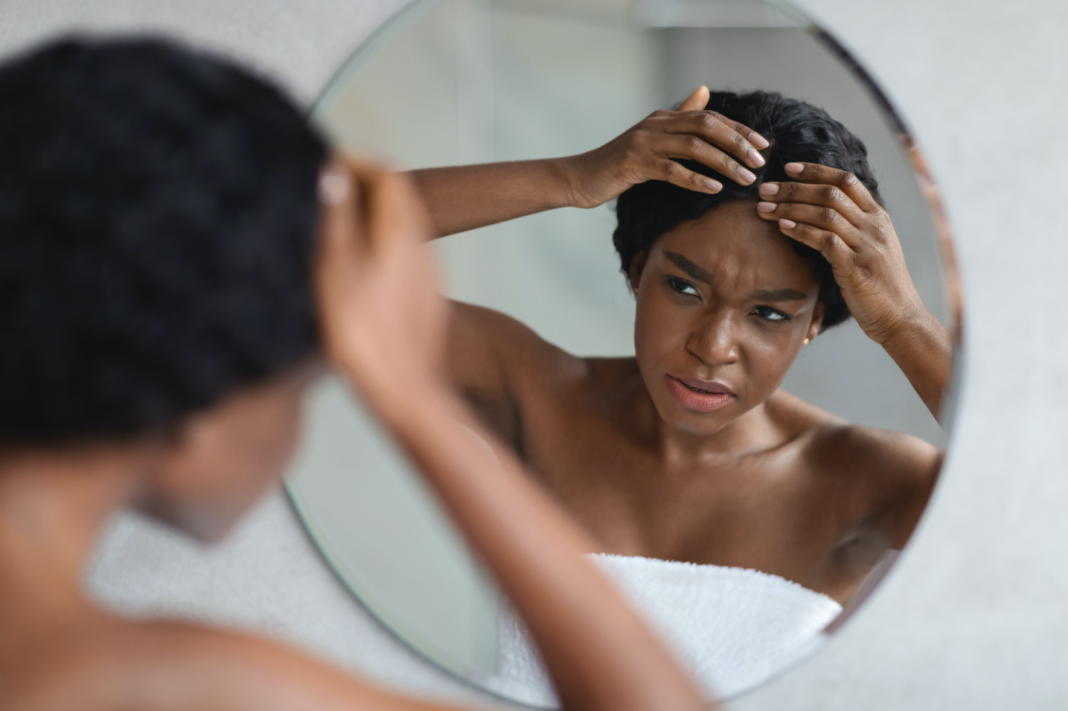The pursuit of the perfect hairstyle often leads us to overlook the health of our hair, especially those delicate baby hairs along the hairline. Constantly pulling, braiding, flat ironing, and brushing can lead to traction alopecia—a form of hair loss that is unfortunately common yet preventable. Here’s how to spot the early signs and save your strands before it’s too late.
Recognizing the Red Flags
Traction alopecia occurs when prolonged tension on hair follicles leads to thinning, particularly around the front hairline. It’s a common issue, with one-third of African-American women experiencing it due to tight braids, extensions, chemical relaxers, and other strenuous styling techniques. However, it’s not exclusive to any one group; habits like wearing tight ponytails, updos, or even repetitive use of headbands can also contribute.
Even seemingly harmless routines, like wearing a hair wrap at night, can trigger traction alopecia if it rubs against your hairline repetitively. The key factor is repetition without giving your hair a break.
Spotting the Early Signs
Traction alopecia is a slow burner; you might not notice your hairline receding until it’s significantly thinned out. Warning signs include thinning in front of the ears, and changes in hair thickness, strength, or texture. Tenderness in the scalp, short or broken hairs around a balding area, and small scalp bumps are also telltale symptoms.
Halting the Progression
Once you spot these signs, it’s crucial to alter your styling habits. Kamilah, a braid expert, advises against keeping braids with extensions in for more than five to six weeks. After removal, cleanse your scalp thoroughly and avoid additional strain on your hairline.
Topical treatments like minoxidil (found in products like Women’s Rogaine) have shown promise in promoting hair regrowth in conditions similar to traction alopecia. In more severe cases, a dermatologist might suggest a low-dose steroid injection to reduce inflammation and facilitate hair growth. However, it’s important to have realistic expectations, as regrowth isn’t always possible, especially in advanced cases.
Prevention is Key
If your hairstyle causes discomfort, like needing painkillers for tight braids or tapping your head to soothe tension, it’s a sign to change your styling practices. “If braids feel too tight, it isn’t right,” Kamilah remarks. When getting braided extensions, consider asking for knotless braids, which minimize stress on fragile follicles.
Even with protective styles like sew-in weaves or braids, it’s vital to give your hair a rest period of at least two to four weeks between styles.
Embracing Hair Health
In our quest for beauty, let’s not forget the health of our hair. By being mindful of styling techniques and listening to our hair’s needs, we can prevent traction alopecia and maintain our crowning glory in all its strength and splendor. Remember, a healthy scalp leads to a stunning hairstyle!








